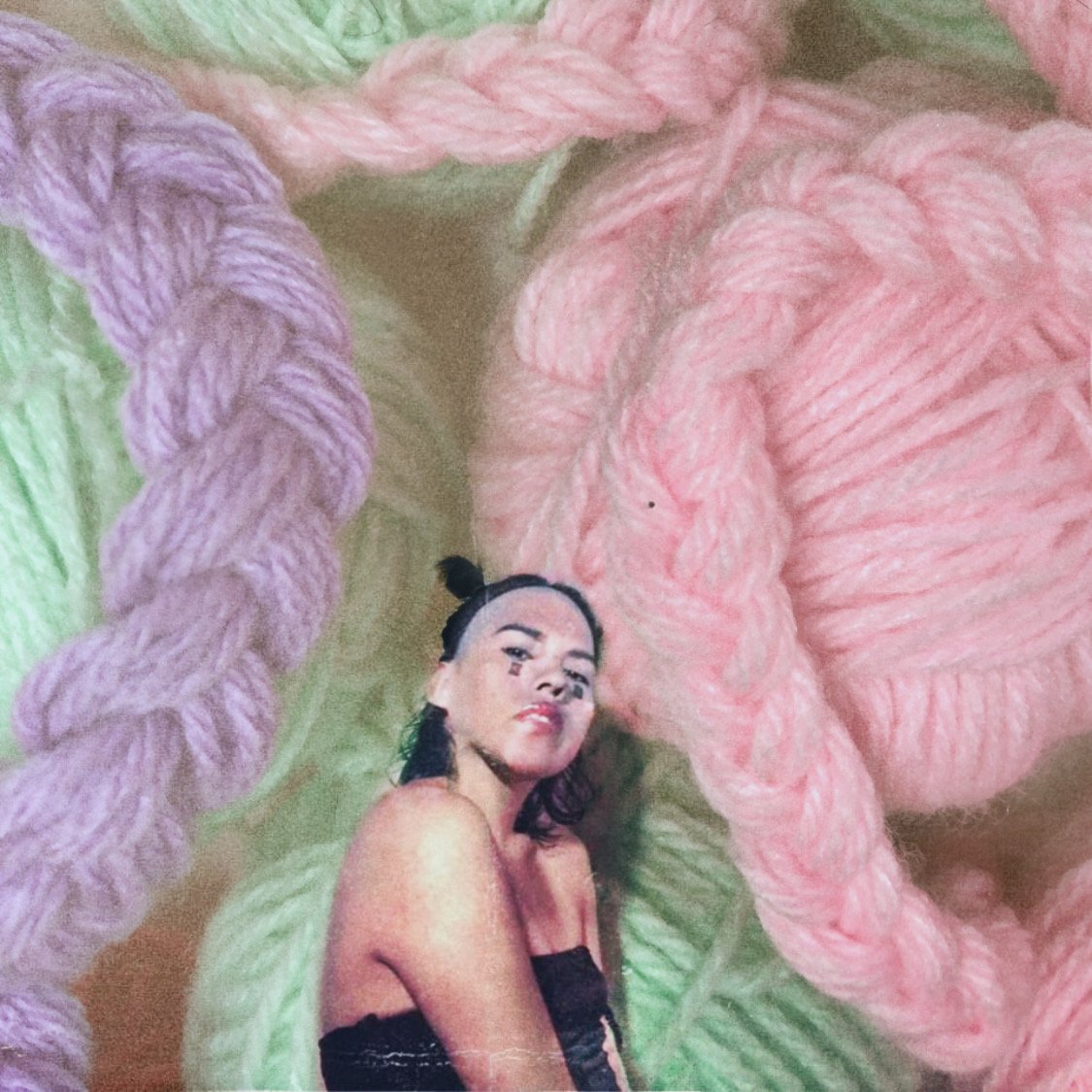hijadelacoca on How Censorship and Bodies Inform Her Art
Interview by Gabriela V. Everett
Today we have the pleasure of sharing an interview with the groundbreaking artist, hijadelacoca, who’s previous work has been featured in museums and here at Mulberry Literary.
What is it that started your love and passion for art?
I started studying audiovisual communication at University in Lima, Perú. Then I realized that something was missing from my early work, which motivated me to explore my personal processes with a focus on the visual arts in National Superior Autonomous School of Fine Arts in Lima with courses in other Latinamerican colleges like Colombia and Ecuador. One of the important factors that triggered my approach of my plastic and visual work toward techniques related to fiber, sewing and embroidery, was to make visible events of human rights—violence where the body was violated. From there, my works is related to the possibilities of the dynamics that are woven with the bodies we inhabit, such as violence, censorship and others.
What informs your aesthetic decisions for presenting your art? How did you come to collage for your medium of choice?
Predominantly my artistic decisions are made instinctively. In my beginnings, red colors were an important factor in all my works, but later I began to apply desaturated pastel colors with white that evoked the childish and also relate to the protective and maternal relationship with the pieces I make.
In 2018, I started to generate moodboards with images that followers sent me and with them I started to censor my nude photographs. Many of those collages are made in a collaborative way in some sense. This is how I started in collage like a visual brainstorm.
Do you think censorship of bodies—especially women’s bodies—has changed with the rise of social media? Do you find there are boundaries that contradict or favor certain ways a woman’s body is presented?
Yes. A lot of my censored posts in 2018 probably wouldn't be censored now. It should also be taken into account that the naked body is acceptable, if it has a promotional background, is anonymous, or as an object of consumption that is not linked to pleasure or sexual. However, the body is indivisibly linked to it, and to other factors and mechanisms of our own bodies such as motherhood for example. One way to present the body as what it really is, is made visible through BOPO or body positivity. Here the body is presented in its wide diversity because we have control of what is shown and who shows it. It allows us to see real bodies, whether with scars, completely natural ailments or surviving bodies, which are far from the perfection of the body designed for consumption. Nevertheless the decision of who presents this body should be individual and should not be under the mediation of digital platforms that have only a partial and limited vision about the feminine body, that cut creative possibilities linked with the feminine coporalities.
What inspired you to present the your collages on matchboxes? Did the embodiment of incendiary-potential draw you to place the photos there?
The collages on matchboxes belong to a process of personal exploration of acceptance of my own body called: “hidden files.” I am the nude female model of all my artistic works, since I can decide on my body, and I decided to make myself visible in all places that could have a support where my image can live.
And yes, it is incendiary to materialize that metaphor, that firm posture and control of your own image with the fire that the matches cause.
What have you been working on recently? Where can our readers find more of your work?
My latest work continue to explore the dynamics that take place with the body, in this case in moments of quarantine, specifically women’s bodies. During my art residency in Brazil in 2021, I carried out this project called “women sustain the pandemic.” Under the mediation of the Brazilian curator Bianca Bernardo, I produced a series of sculptural pieces, which seem to have been embroidered from tri-dimensionality. These are maternal, surreal pieces that also speak of the dynamics of the woman's body with objects, the importance of the role of women during quarantine, which have been widely ignored and made invisible. The first explorations will be exhibited on the BICA PLATAFORMA residence page until March of 2022.
Also, through my website from March to April 2022, I will be working on the second part of this embroidered sculpture project on a large scale and in public space in Cordoba, Argentina together with the artist Cairo Elio. You can follow the updates on my website or theirs.
hijadelacoca is an artist based in Lima, her works are predominantly related to embroidery and human corporealities. Her latest works criticize the censorship of bodies in social networks, using techniques typically related to the feminine, where the censorship evidences the nudity itself. She is currently working on an art sculpture residency sponsored by NDWYF, Spain.
